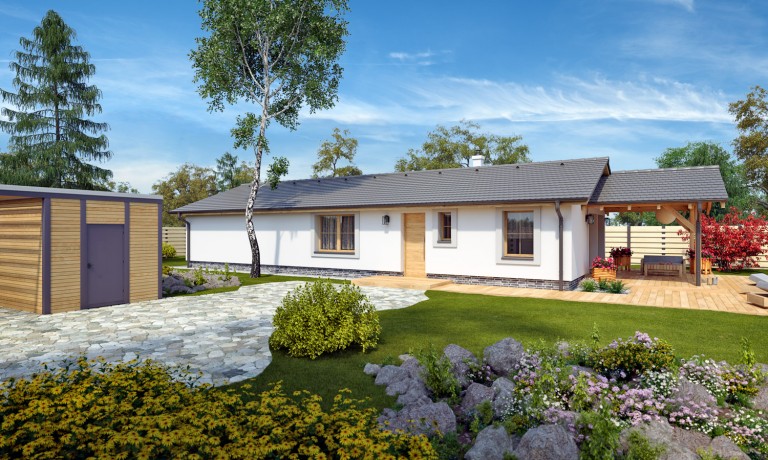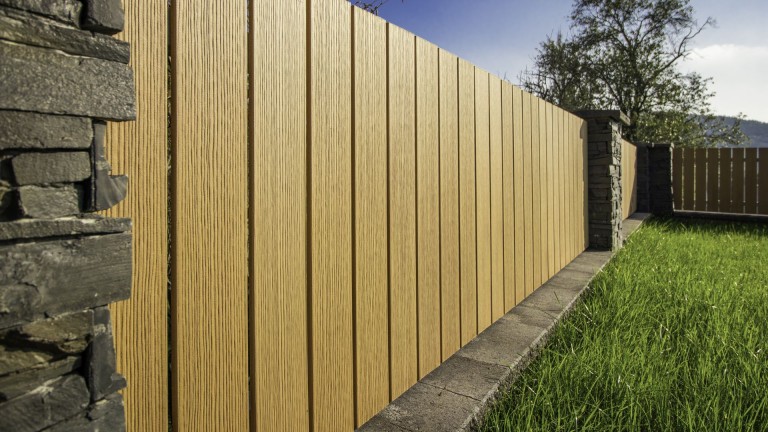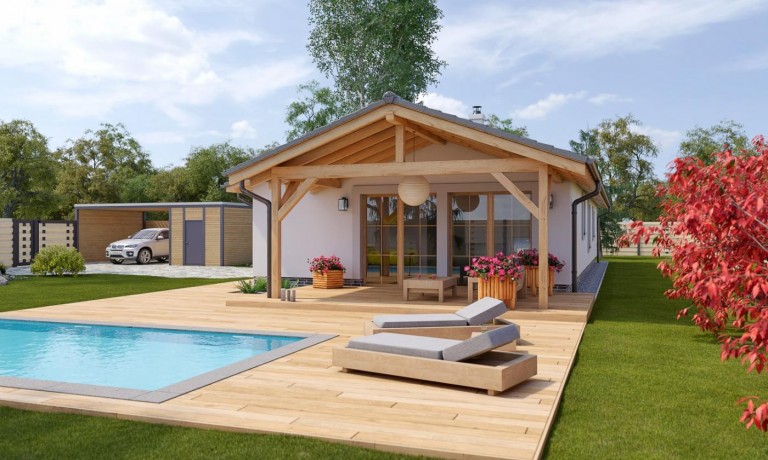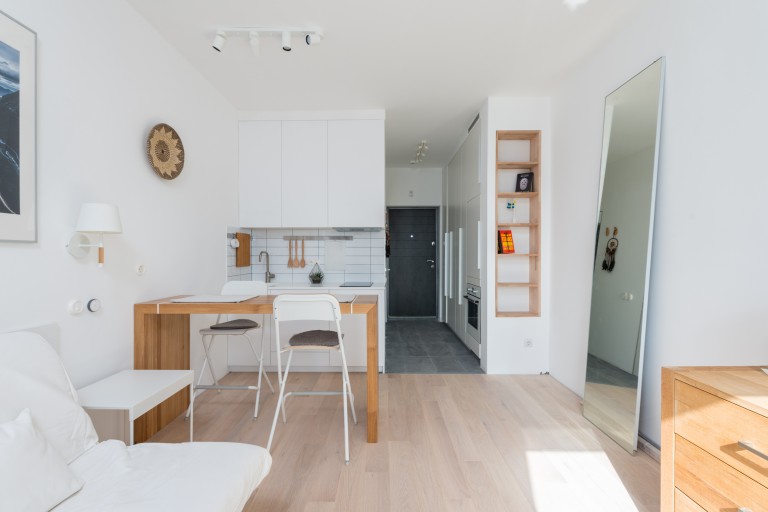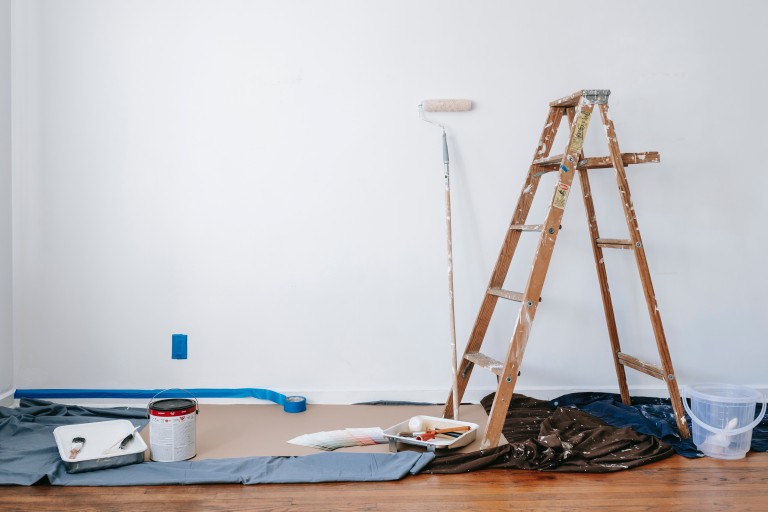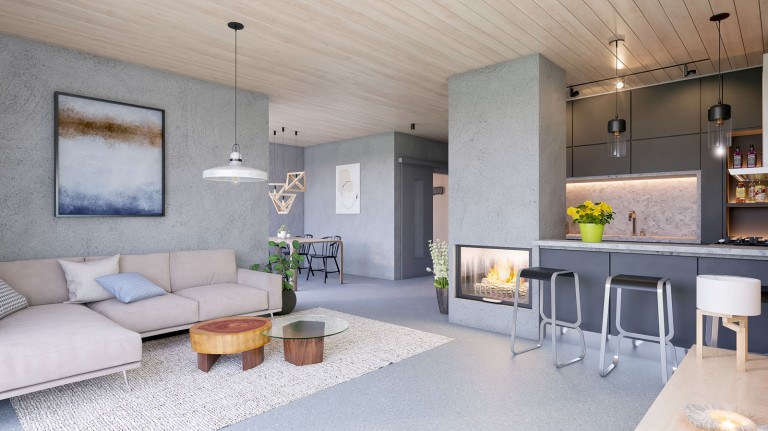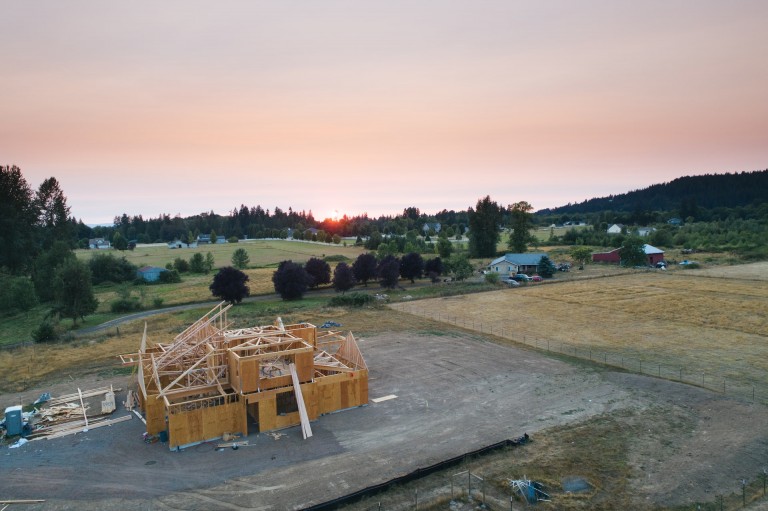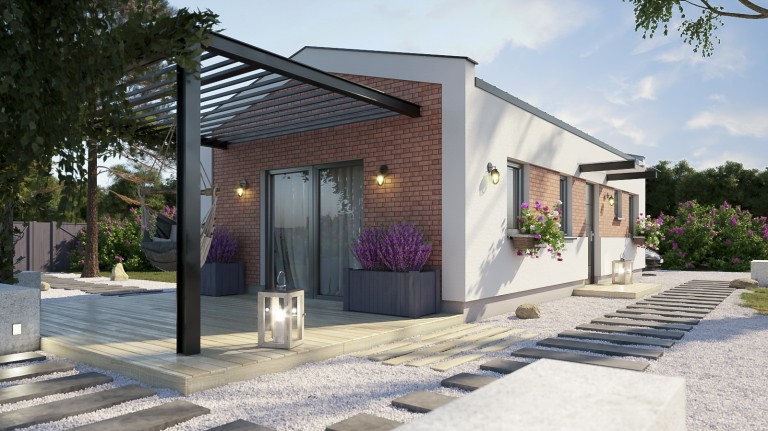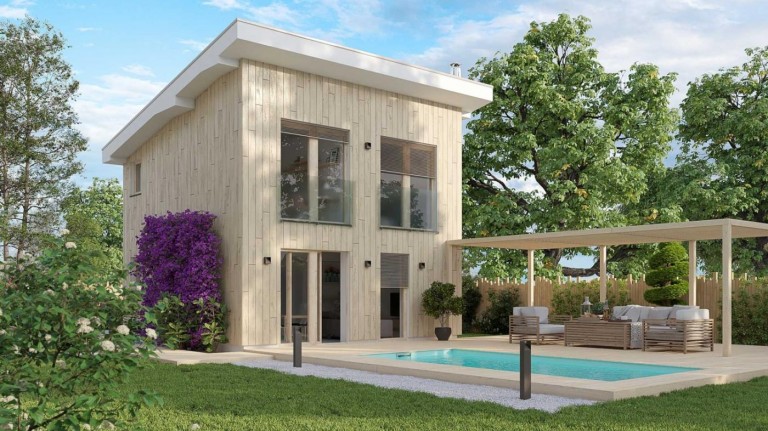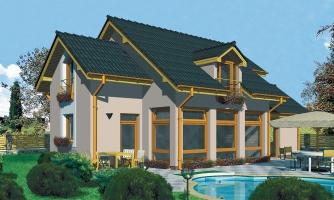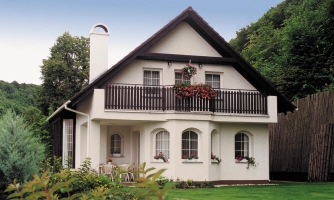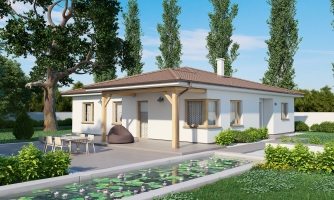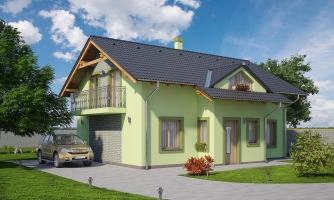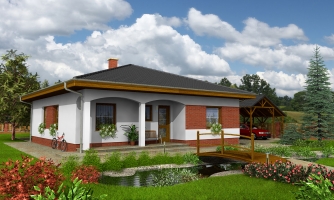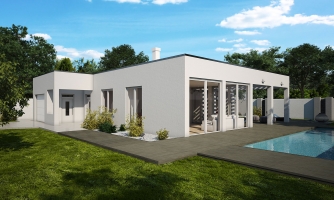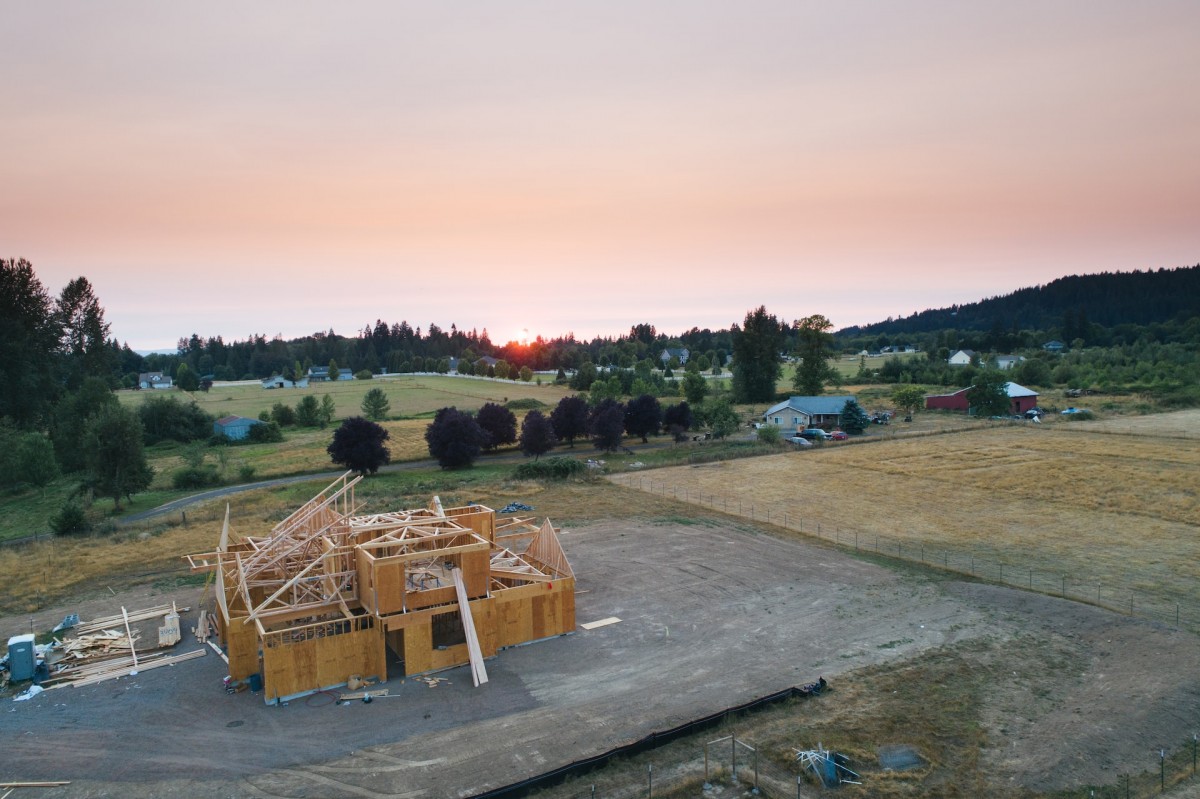
Building a house is a fascinating and rewarding process but can also be overwhelming. Ensuring everything is done correctly takes time, effort, and knowledge. Knowing the basics of house building can help potential homeowners make informed decisions. This article will provide an overview of the steps involved in constructing a new home from start to finish, including information on planning, financing, construction, and more.
Materials: Types & Cost
When building a house, materials are a crucial part of the process. Different materials can be used depending on the desired result and budget. In this article, we’ll explore the various materials available for use when building a house and their associated costs.
One popular choice is wood, which is both durable and aesthetically pleasing. Wood can vary in cost depending on quality - softwoods tend to be cheaper than hardwoods - but it generally ranges from $2-$10 per square foot. Steel is another popular option that has become increasingly common in modern construction as it is easy to work with and resistant to mold or rot. The cost for steel typically ranges from $3-$15 per square foot, depending on quality and thickness.
Design: Styles & Features
Design: Styles & Features are an essential part of the house-building process. It sets each house apart and makes it unique to its owners. From traditional architecture to modern construction, many different styles and features can be incorporated into a house's design.
Materials such as stone or wood can help set the tone for a particular design style when it comes to home building. For example, natural stone walls can give a rustic feel, while wooden beams in the ceiling can provide an elegant touch. New technology like solar panels or smart home devices can further enhance a design and make a house more efficient and eco-friendly.
The possibilities are endless for creating your own unique home through design styles and features. With proper planning and execution, you can create something extraordinary that will last for years!
Construction: Process & Timeline
House building is a complex and time-consuming process, but the result is well worth the effort. Construction involves a series of steps that must be followed to complete the project successfully. Understanding the process and timeline of house construction will help ensure that everything runs smoothly from start to finish.
The construction process begins with obtaining permits and approvals. This can take several weeks or even months, depending on local regulations. Next, excavation, footings, foundation walls, basement slabs, and other structural elements are installed. This phase generally takes three to four weeks to complete. Once structural components are in place, framing for walls, ceilings, roofs, and floors comes next, along with installing windows and doors.
Financing: Loans & Options
Financing the building of a house is an integral part of the planning process, and several options are available to potential homebuyers. The two most common ways to finance a house build are through loans or other financing options. Loans, usually from a bank or other financial institution, allow for purchasing materials and labor necessary for the construction process. Other financing options include borrowing against assets such as savings accounts, stocks, or bonds; taking out a second mortgage on an existing property; or utilizing tax credits such as those offered by various government programs. Depending on your financial situation, one option may be more advantageous.
For those considering a loan, it’s essential to carefully research all available lenders and compare rates and other features to get the best deal possible.
Maintenance: Tips & Practices
When it comes to house building, maintenance is the key. Any house will eventually deteriorate and become unsafe without regular maintenance and upkeep. Here are some tips and practices to keep your home in top condition:
First, could you check your roof for any signs of damage regularly? This can include missing shingles or sagging gutters. If you notice any issues, address them as soon as possible; otherwise, they can worsen over time and put your family at risk of water leakage or structural damage. Additionally, inspect the exterior walls of your home for weathering or cracking paint every few years. If necessary, apply a fresh coat of color that is appropriate for outdoor use.
Inside the home, please clean carpets regularly, as dust can accumulate quickly over time and lead to respiratory problems at your home.
Conclusion
House building is a complex process that requires knowledge, skill, and foresight. For those undertaking this project, the conclusion can be rewarding and fulfilling. No matter what size or style of house is built, achieving completion is a momentous event for builders and homeowners alike.
The final steps of house building are often among the most difficult – ensuring all safety codes are met, inspecting materials, and providing systems function properly. It's equally important to ensure everything looks just right, from paint colors to door knobs and light fixtures; these details can make or break the finished product. Finally comes the satisfaction of handing over the keys to happy new homeowners who have achieved their dream home!
PK, Dream-plans
18.12.2022











